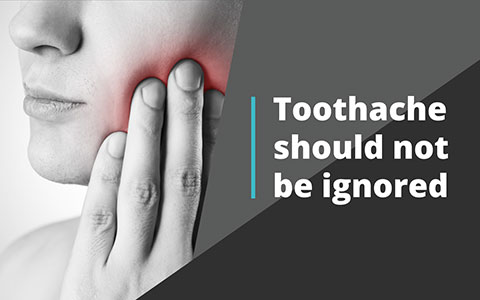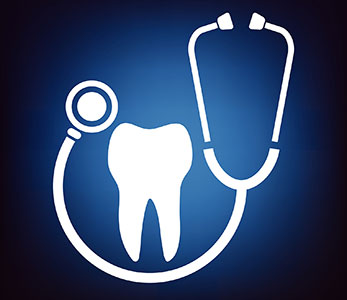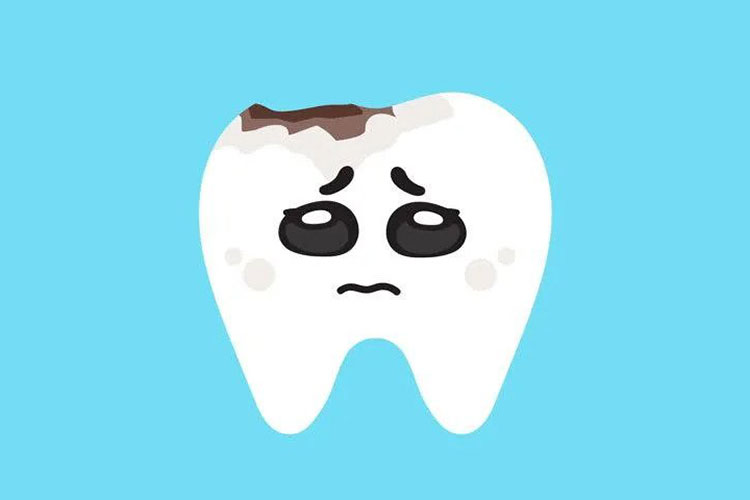St. Lawrence Dentistry strives to minimize pain through non-invasive and conservative dentistry. However, one aspect of dentistry is pain management.
Understanding the various classifications of pain means our doctors can treat dental conditions effectively. We have defined terms marked with a (*) in the glossary at the end of this article.

Pain is a physiologic response to trauma, inflammatory or infectious processes, and tumors. In addition, its the response to dysfunctions in our musculoskeletal system such as fibromyalgia(*) or tension-type headaches(*). Pain can result from neuropathic etiologies(*) related to dysfunctions in the peripheral nervous system(*) such as diabetes, herpes zoster, HIV, or in patients subject to chemotherapy and radiation.
Neuropathic pain(*) can also have a central origin, such as in a stroke or trigeminal neuralgia(*). Referred pain is another class – it is the perception of pain in a location where the pathology is not taking place.

It’s important to classify pain in terms of etiology. In dentistry, we deal with nociceptive somatic pain mainly. A “primary peripheral lesion” causes nociceptive pain. The cause can be somatic(*) dysfunction of the teeth or gums. This type of pain is well localized, and the patient will point to where it’s coming from. It is triggered by activating nociceptors(*), which perceive chemical, thermal, and pressure differences. Another type of nociceptive pain is visceral pain(*). It can be due to damage to hollow organs – like the heart, smooth muscles-like in the GI system. Nociceptive visceral pain is diffuse and poorly localized.

The second type of pain is called neuropathic pain. A characteristic is a damage/dysfunction to “somatosensory pain pathways”. In other words, there is a disruption in the conduction system between the brain and the periphery. It occurs in the case of diabetic neuropathy, postherpetic neuralgia, and phantom limb pain. It is present in about 7-8% of the population.

Pain can be episodic or continuous. It can be acute or chronic. In terms of chronic pain, there are two mechanisms to be aware of: sensitization and pain catastrophizing. Sensitization is an increase in pain perception. Peripheral sensitization is spontaneous pain resulting from an increased sensitivity to stimuli. Central sensitization means increased sensitivity to central pain signaling. It results from prolonged and repeated stimulation of nociceptive fibers. Pain catastrophizing is a negative cascade of cognitive and emotional responses to actual or anticipated pain – this magnifies the pain experiences and can generate feelings of hopelessness.

Peripheral pain is the result of peripheral injury. Initially leads to the stimulation of sensory neurons – which enter the spinal cord. It will then establish the first synaptic contact(*). The second neuron will then convey the information by crossing the midline and sending the information to the contralateral side of the brain. For example, if a tooth is hurting on the right side, the patient will perceive the pain in the brain’s left hemisphere. The second step is the descending or “modulatory pain pathway”. There will be some inhibition on the perception of the pain in the midbrain, medulla(*), and spinal cord. It may decrease the perception of the pain or annul it together. NSAIDs(*)will target the ascending sensory pathways and the perception of pain at the level of injury. In contrast to NSAIDs- opioids target the descending modulatory pathway in the brain.
We hope this overview was informative and helpful. Thank you for reading!
Glossary
- Tension headache: pain often described as feeling like a tight band around the head.
- Fibromyalgia: a condition that causes pain all over the body, sleep problems, fatigue, and often emotional and mental distress.
- Etiology: the cause of a condition.
- Peripheral nervous system: the nervous system outside the brain and spinal cord.
- Neuropathic pain: a condition caused by chronic, progressive nerve disease.
- Trigeminal neuralgia: pain coming from the trigeminal nerve.
- Somatic: relating to the body and not the mind.
- Nociceptors: sensory receptors that detect signals from damaged tissue.
- Visceral pain: pain related to the internal organs.
- Synapse: the site of transmission of electric nerve impulses between two nerve cells.
- Medulla: the lowest portion of the brainstem.
Reference:
UTooth.ca (Lanca 2022)
- St. Lawrence Dentistry Looks Forward To St. Patrick’s Day! - March 12, 2025
- Understanding Dental X-Rays and Radiation: What You Should Know - January 13, 2025
- Happy New Year from St. Lawrence Dentistry! - December 30, 2024










